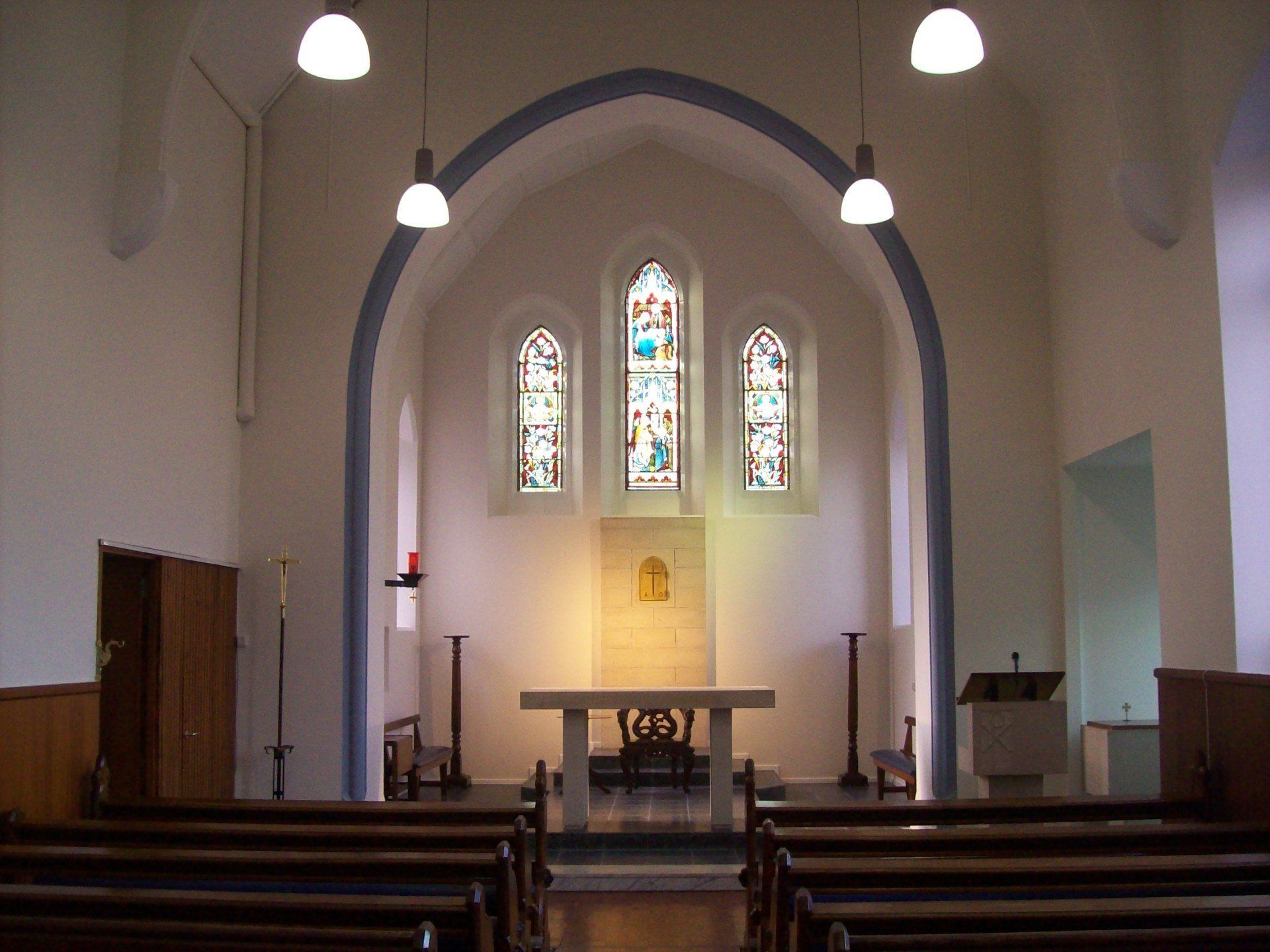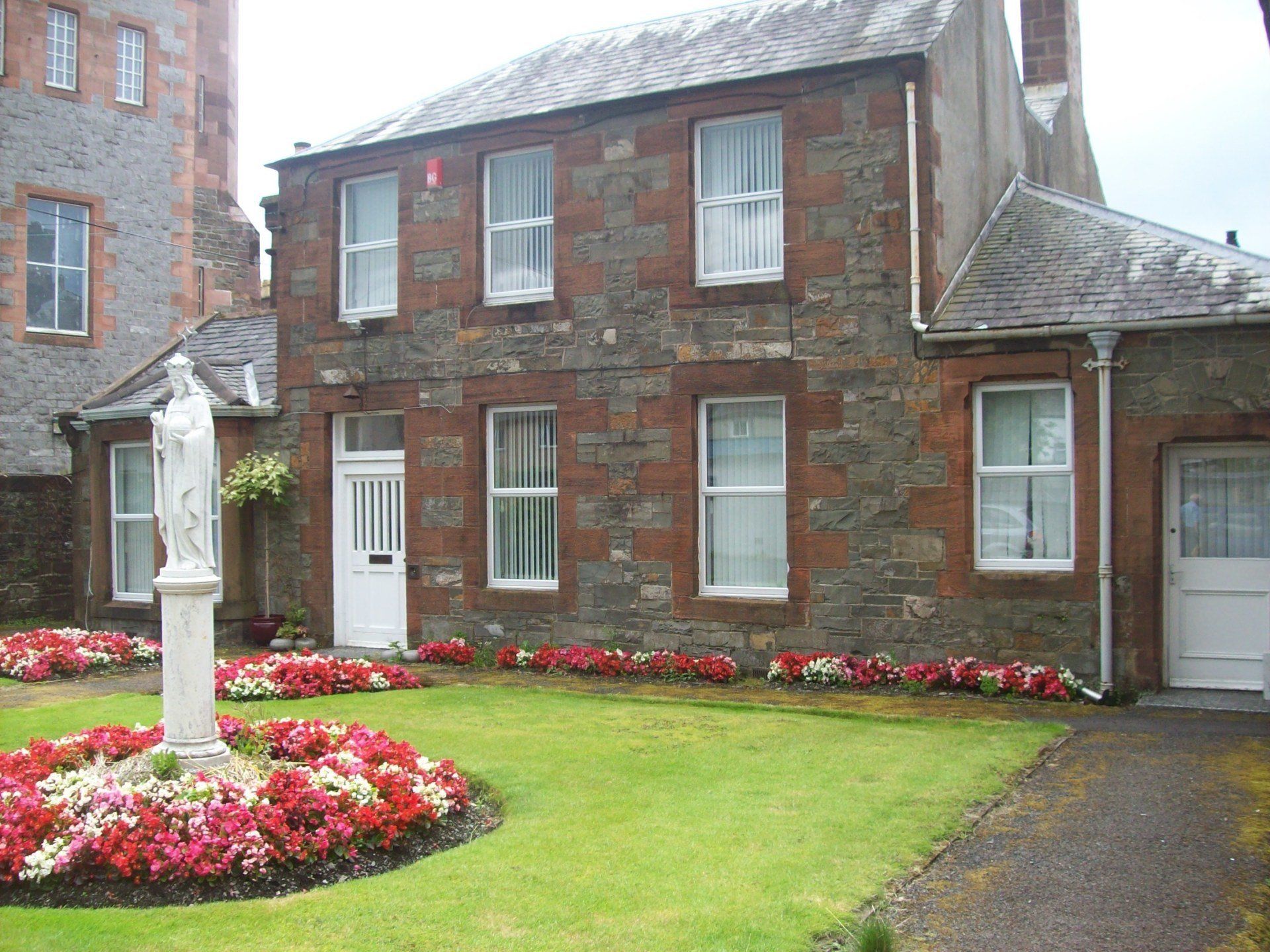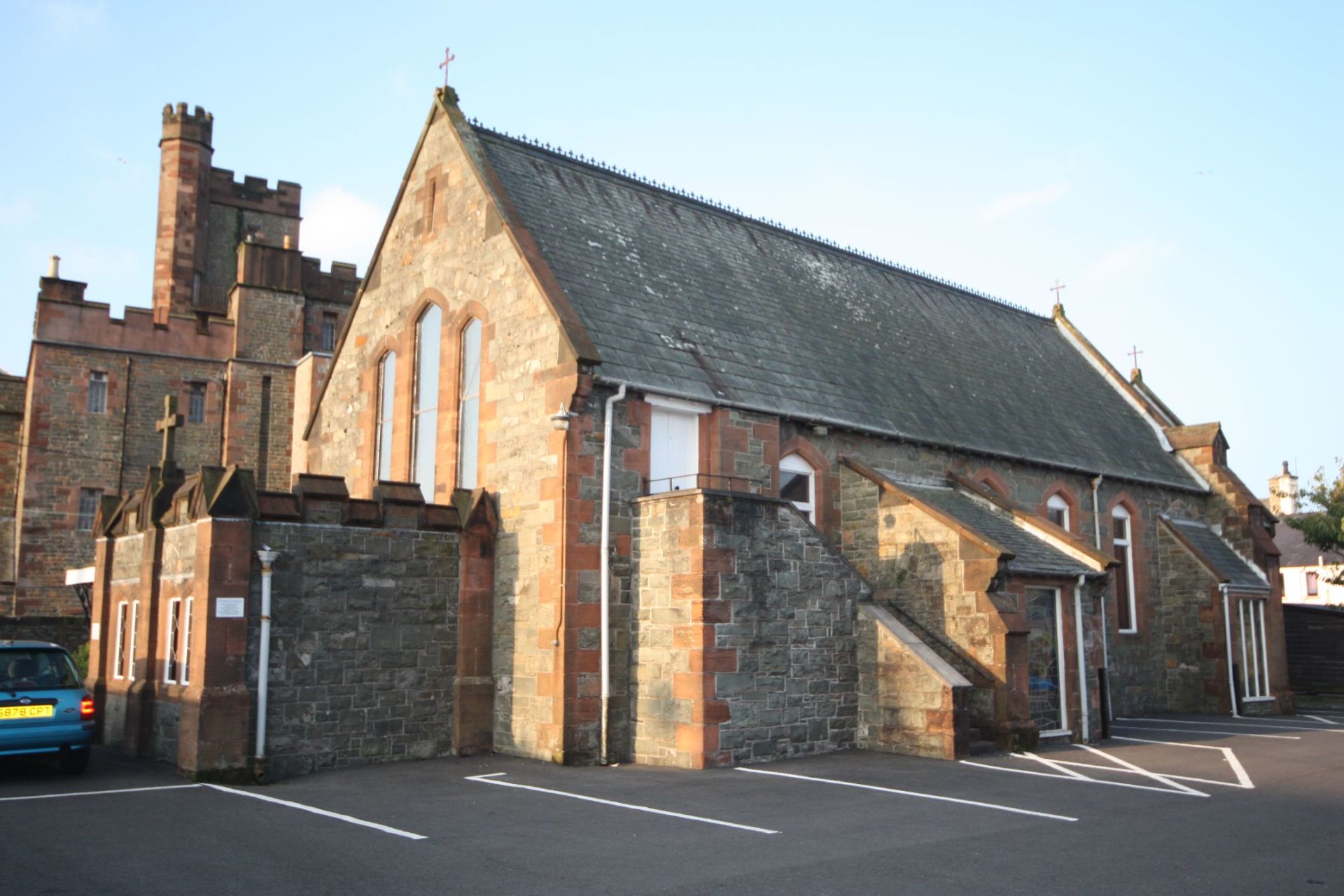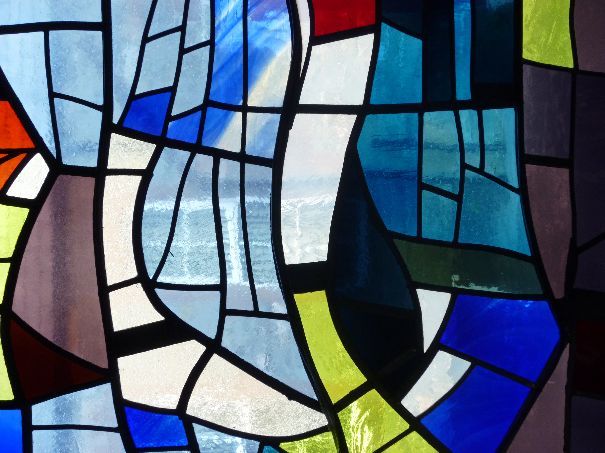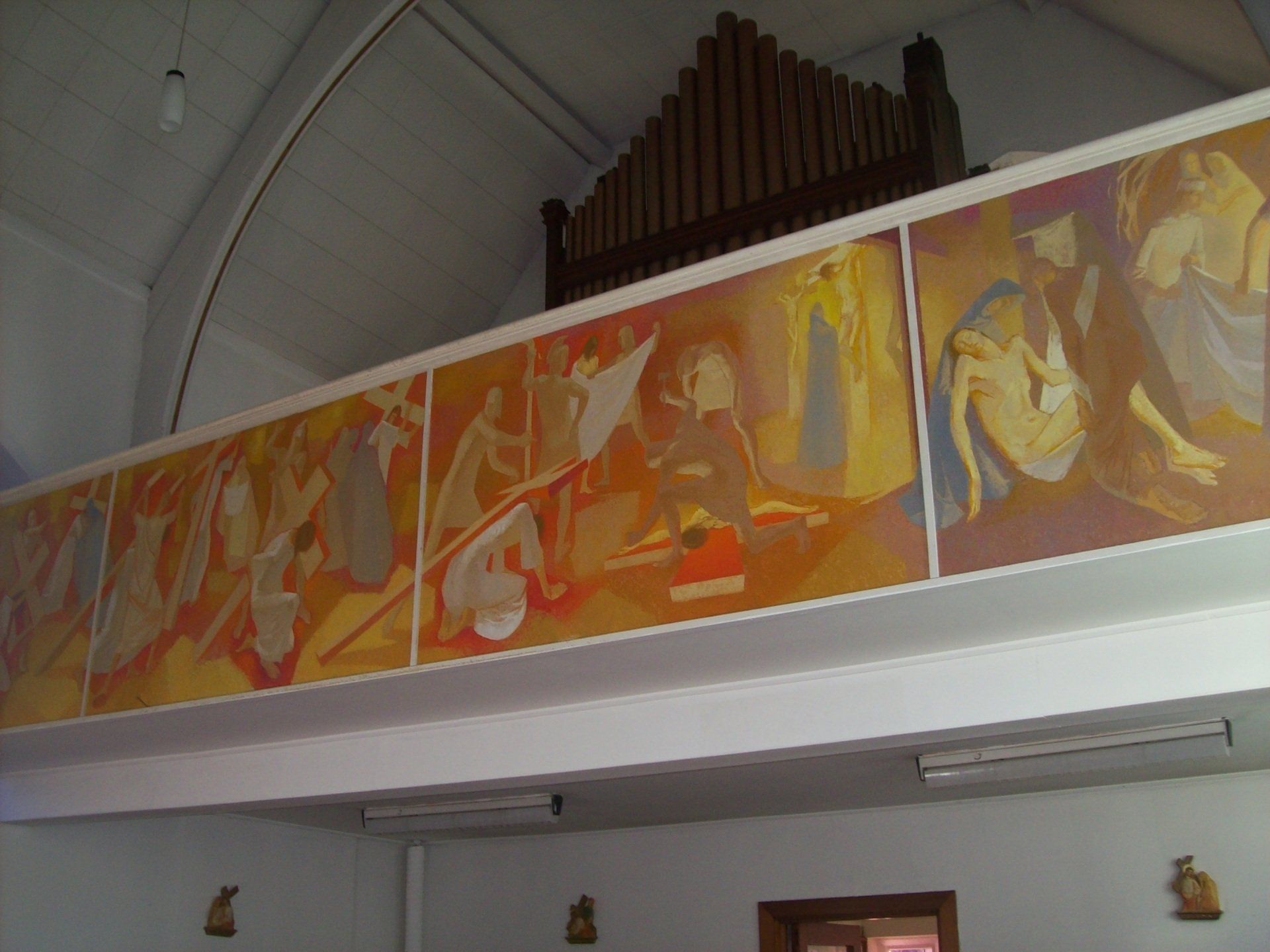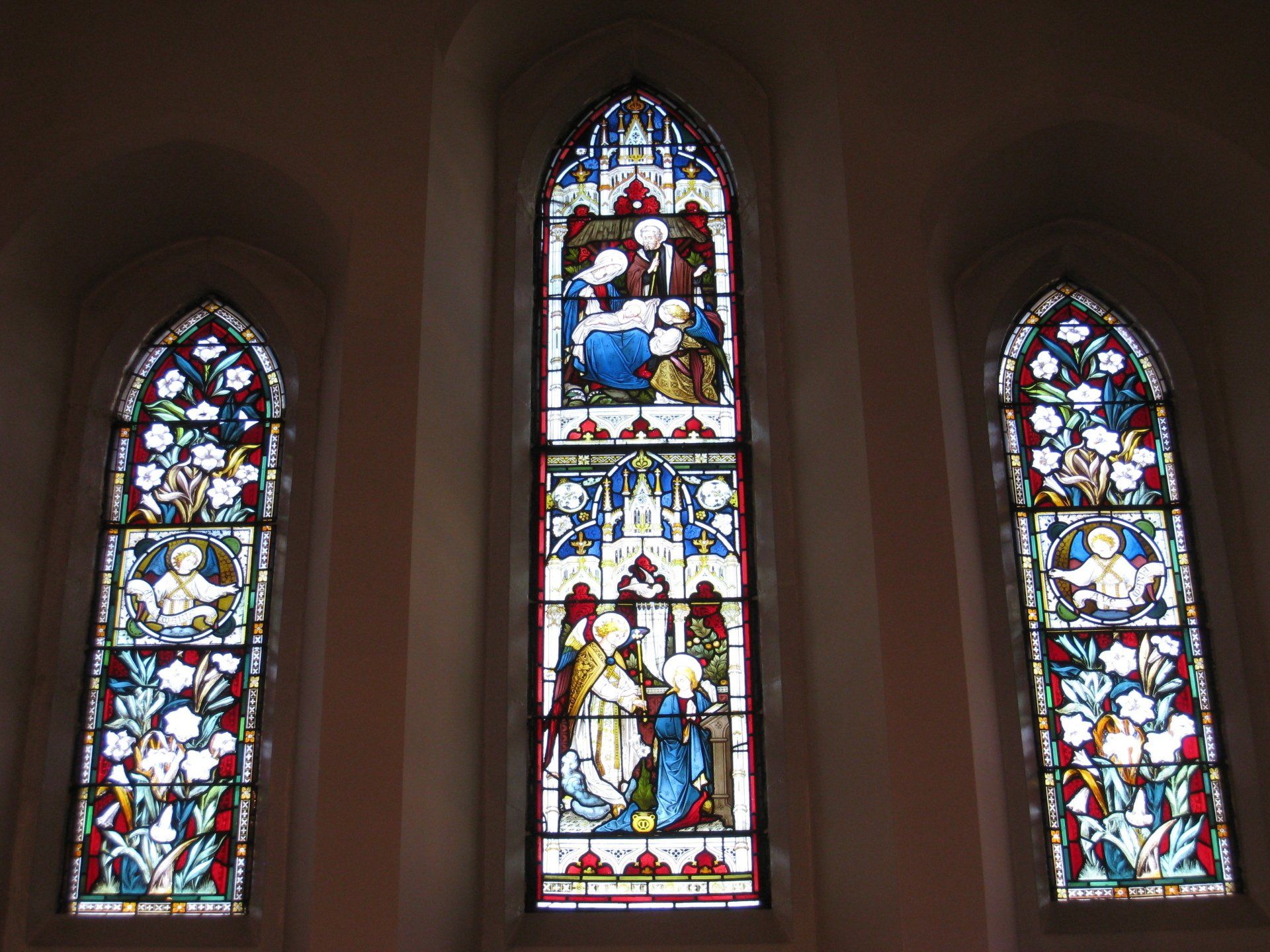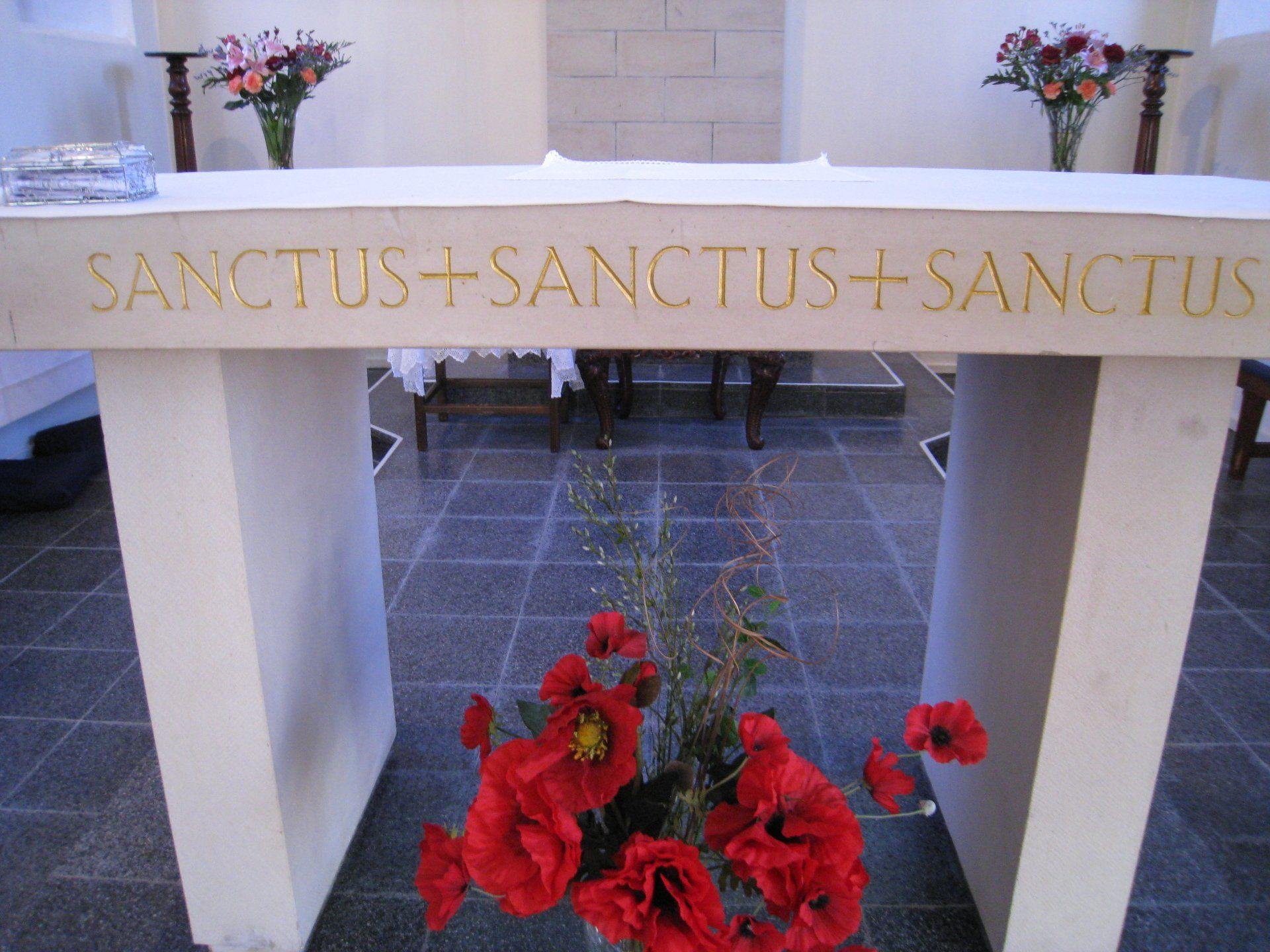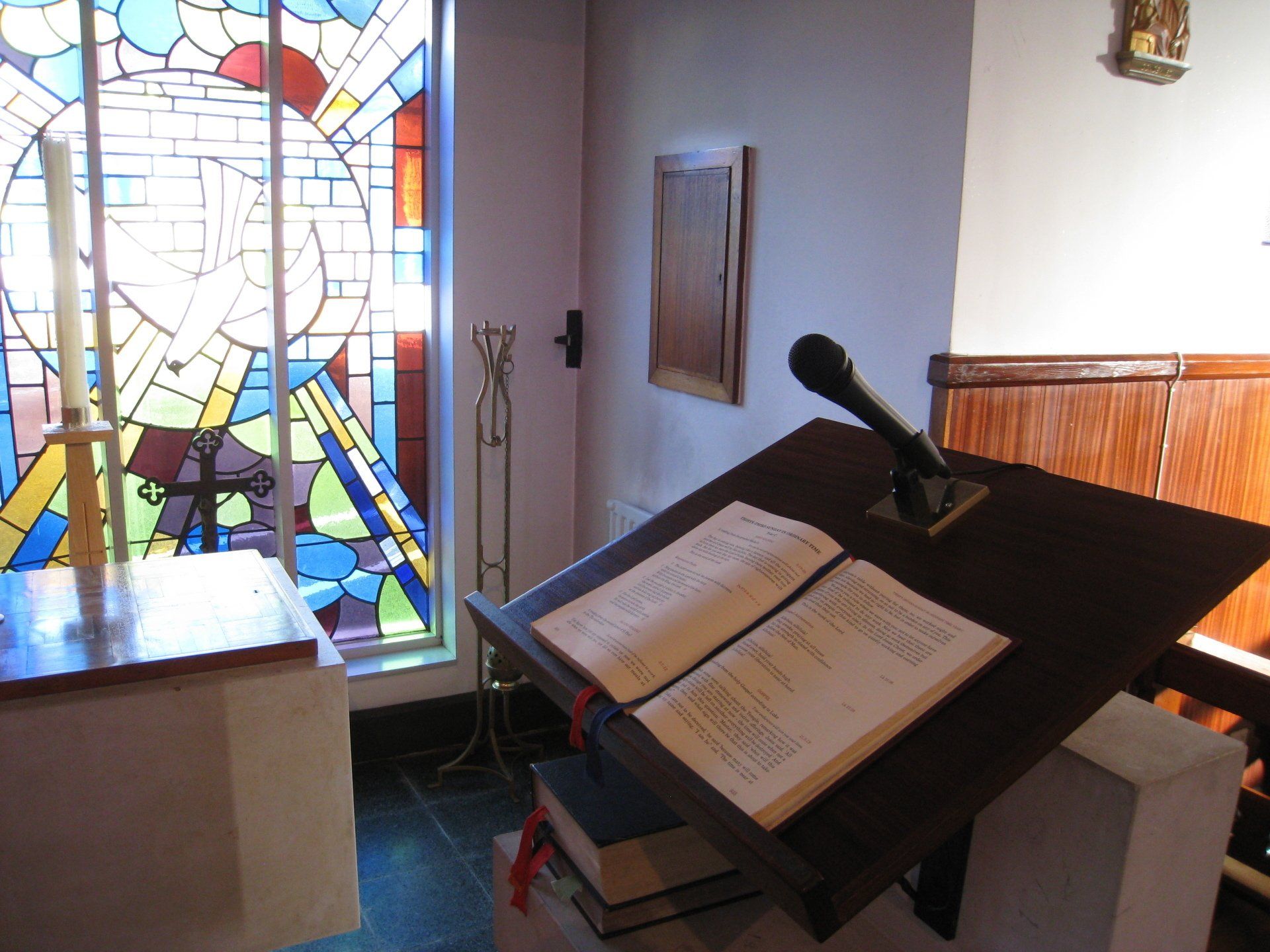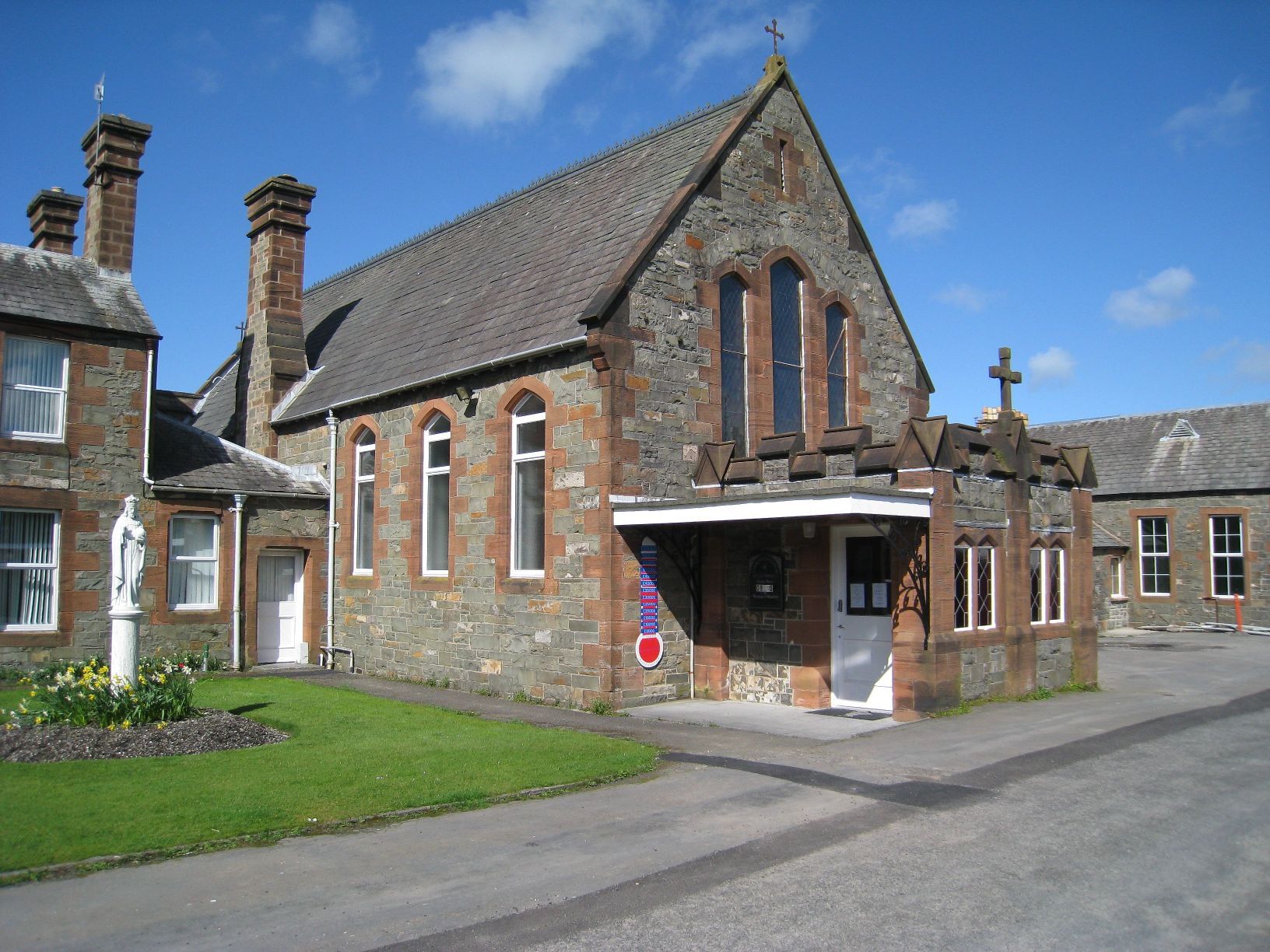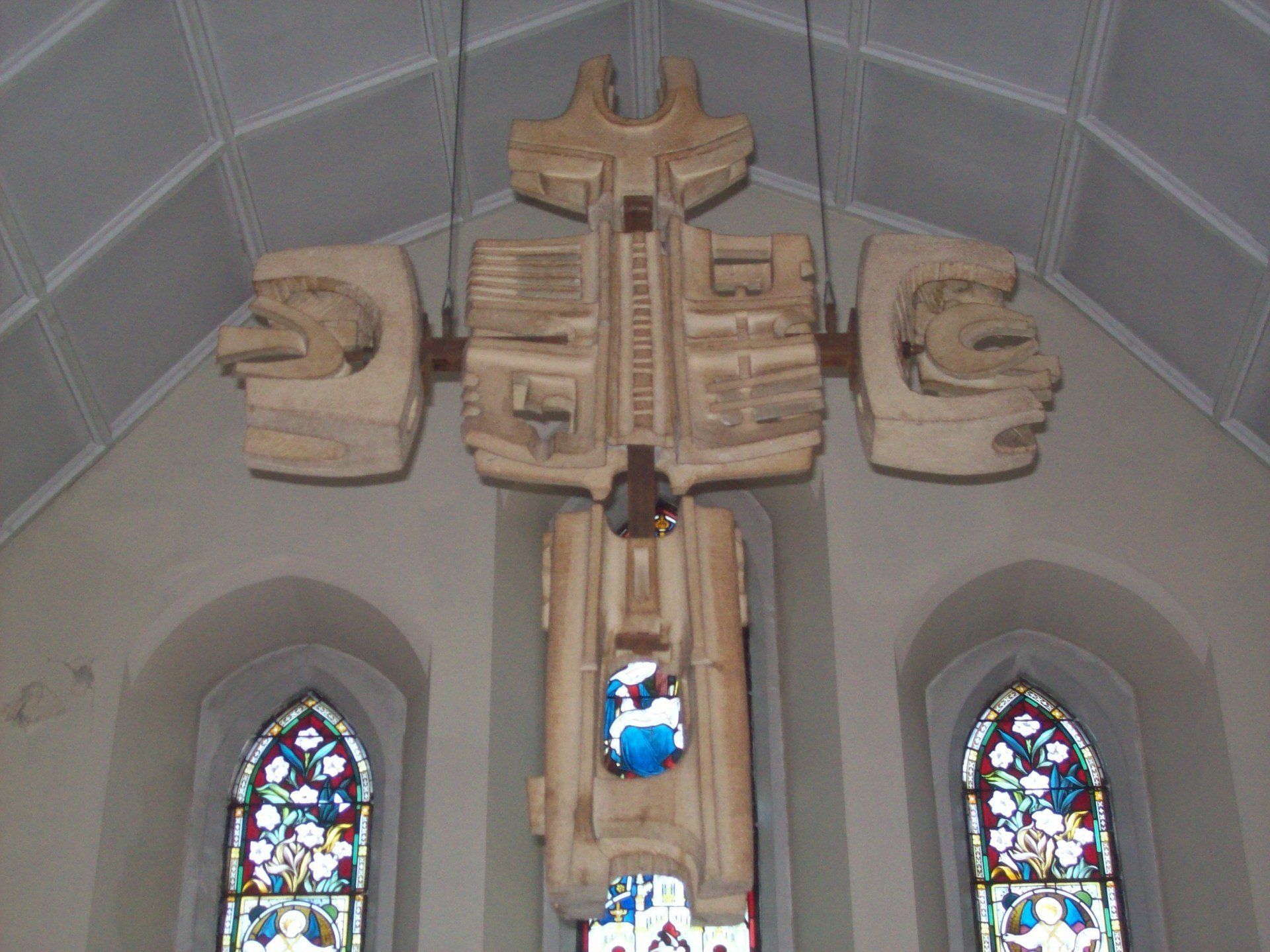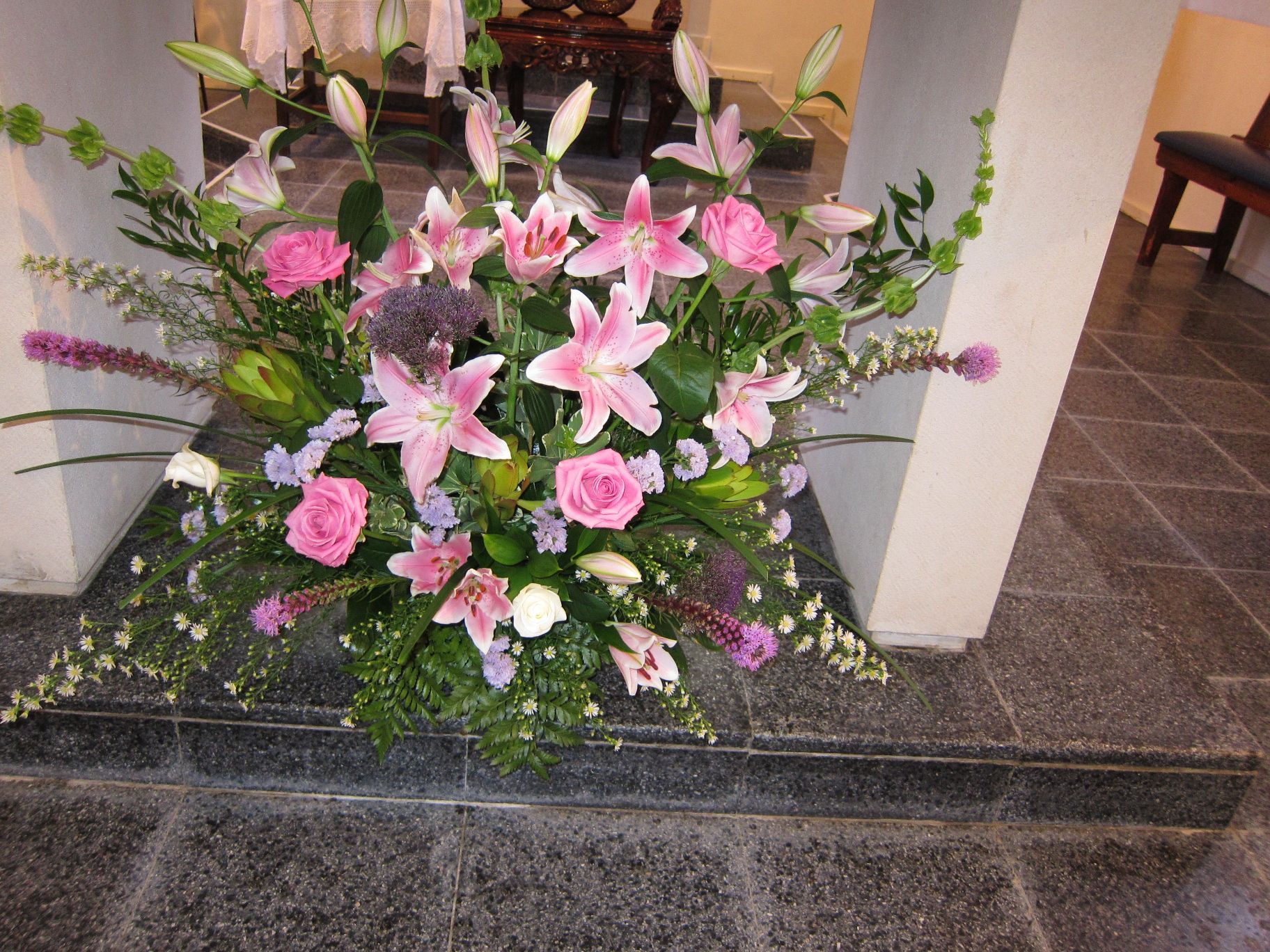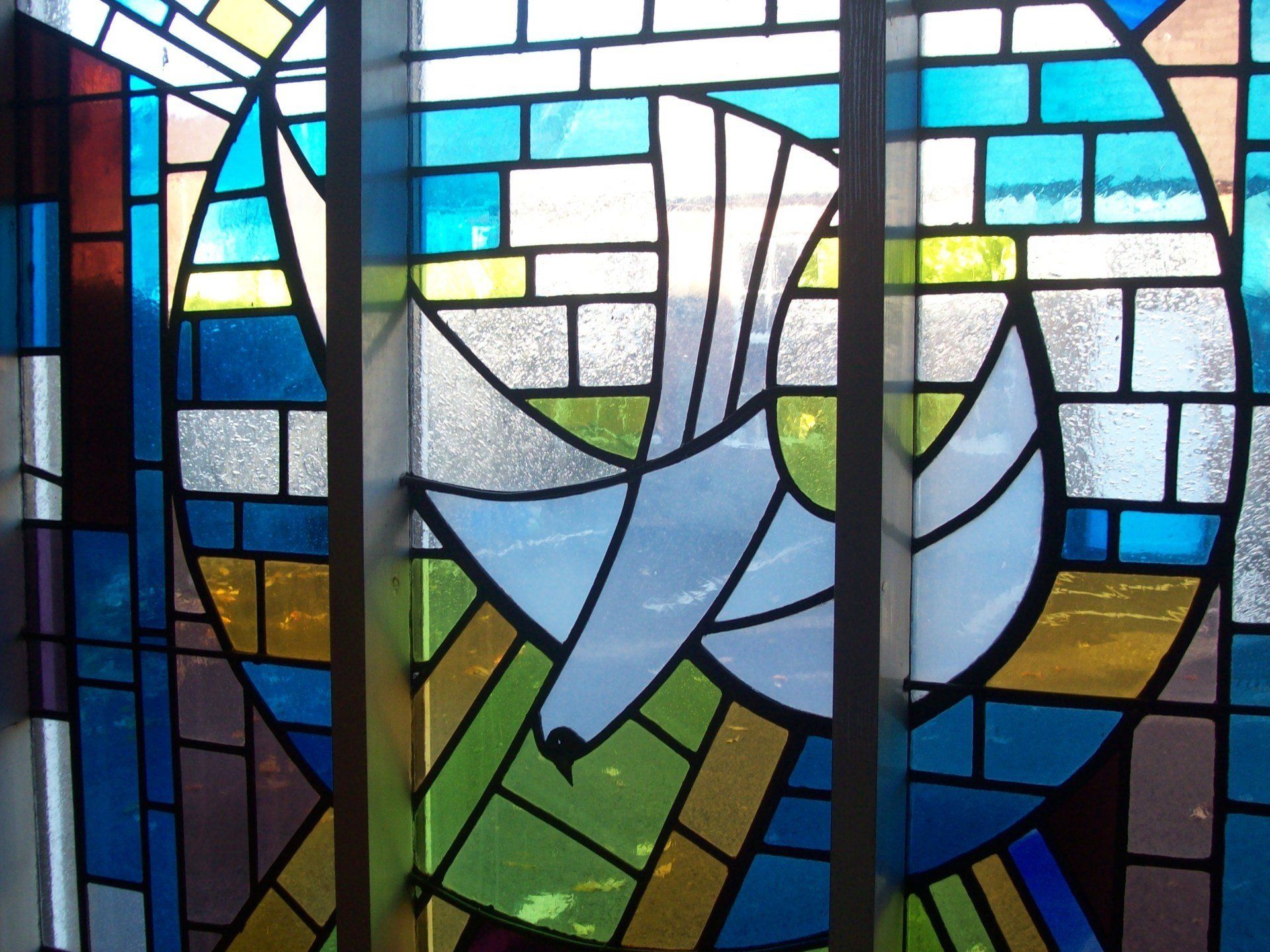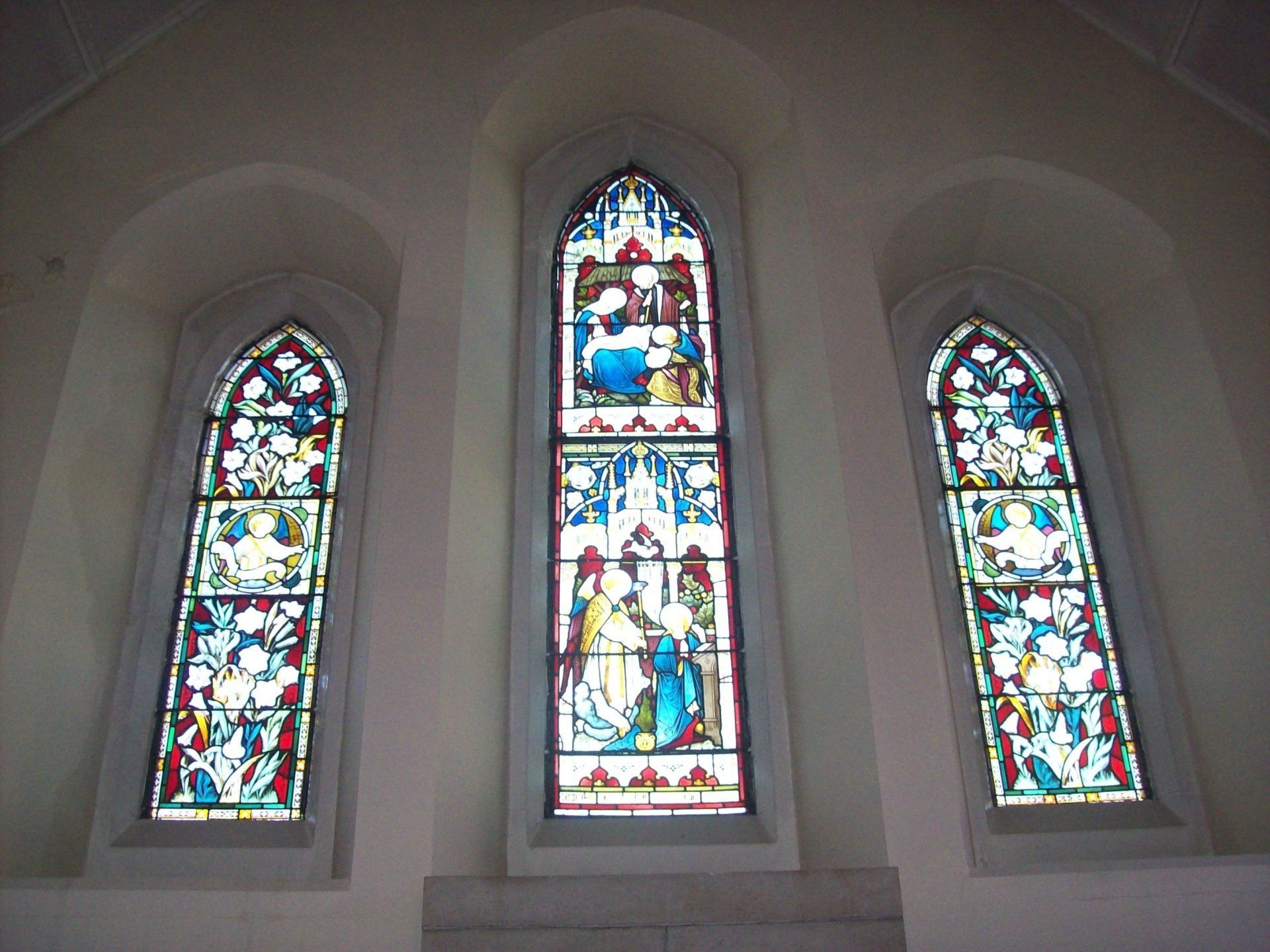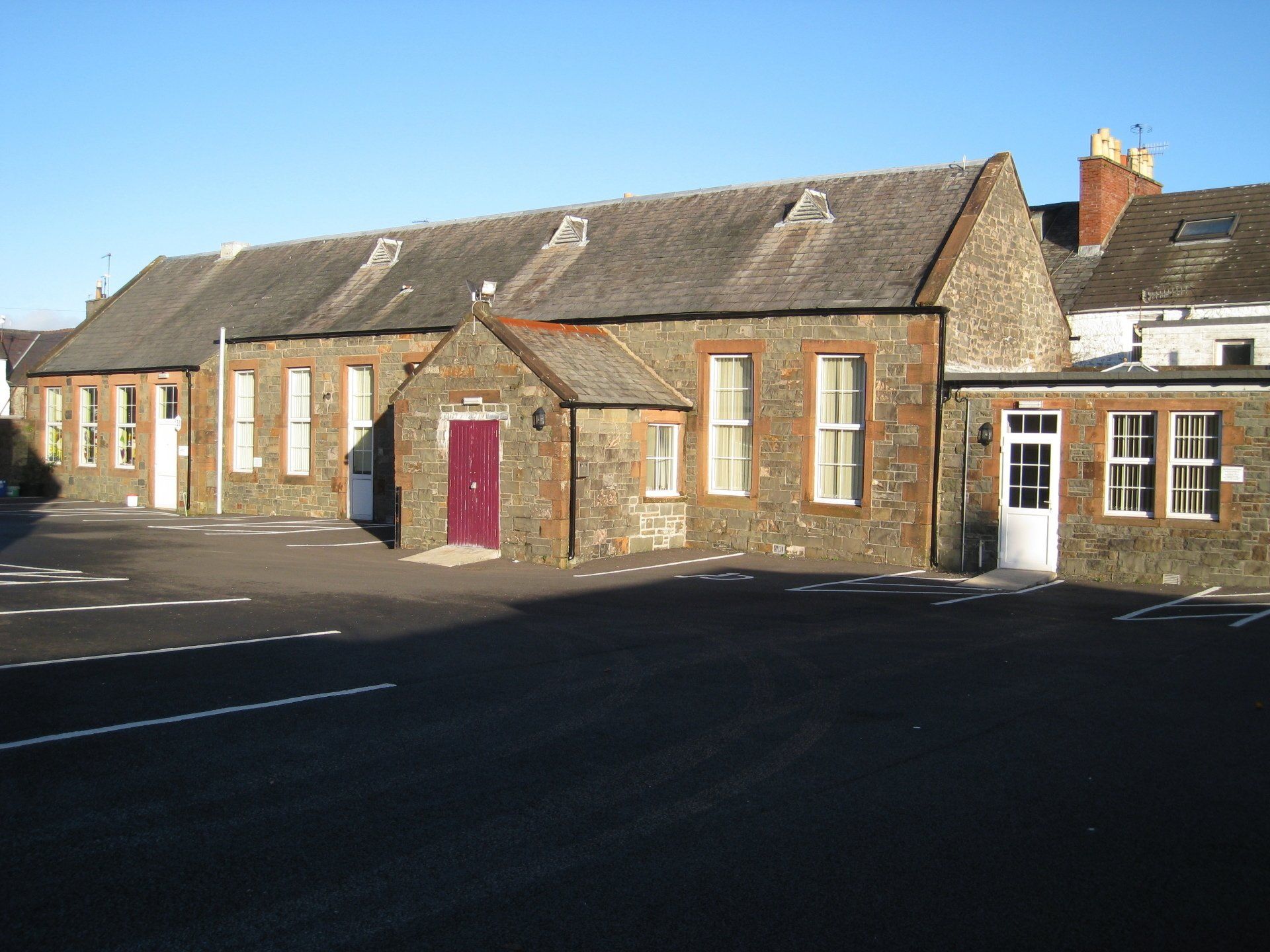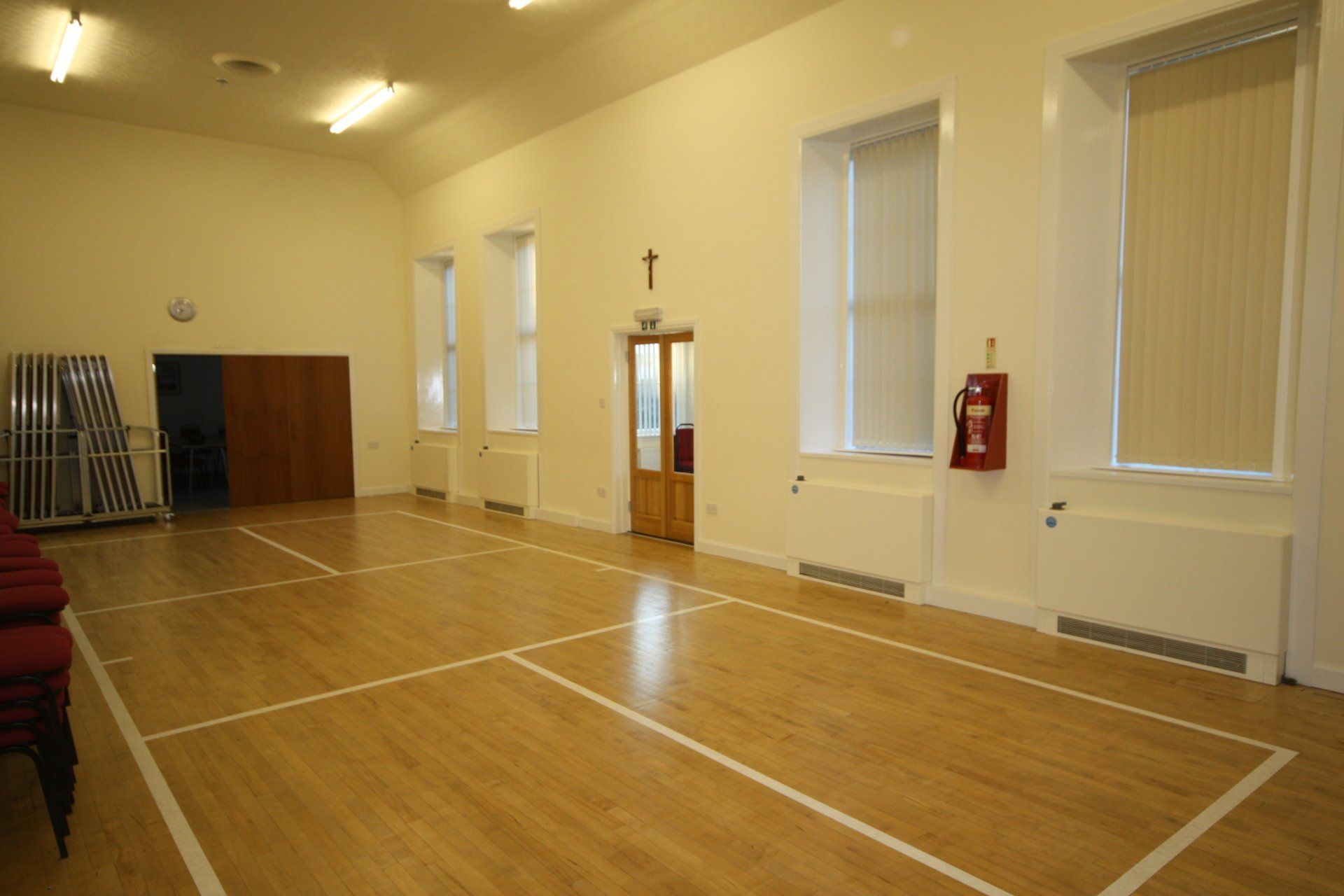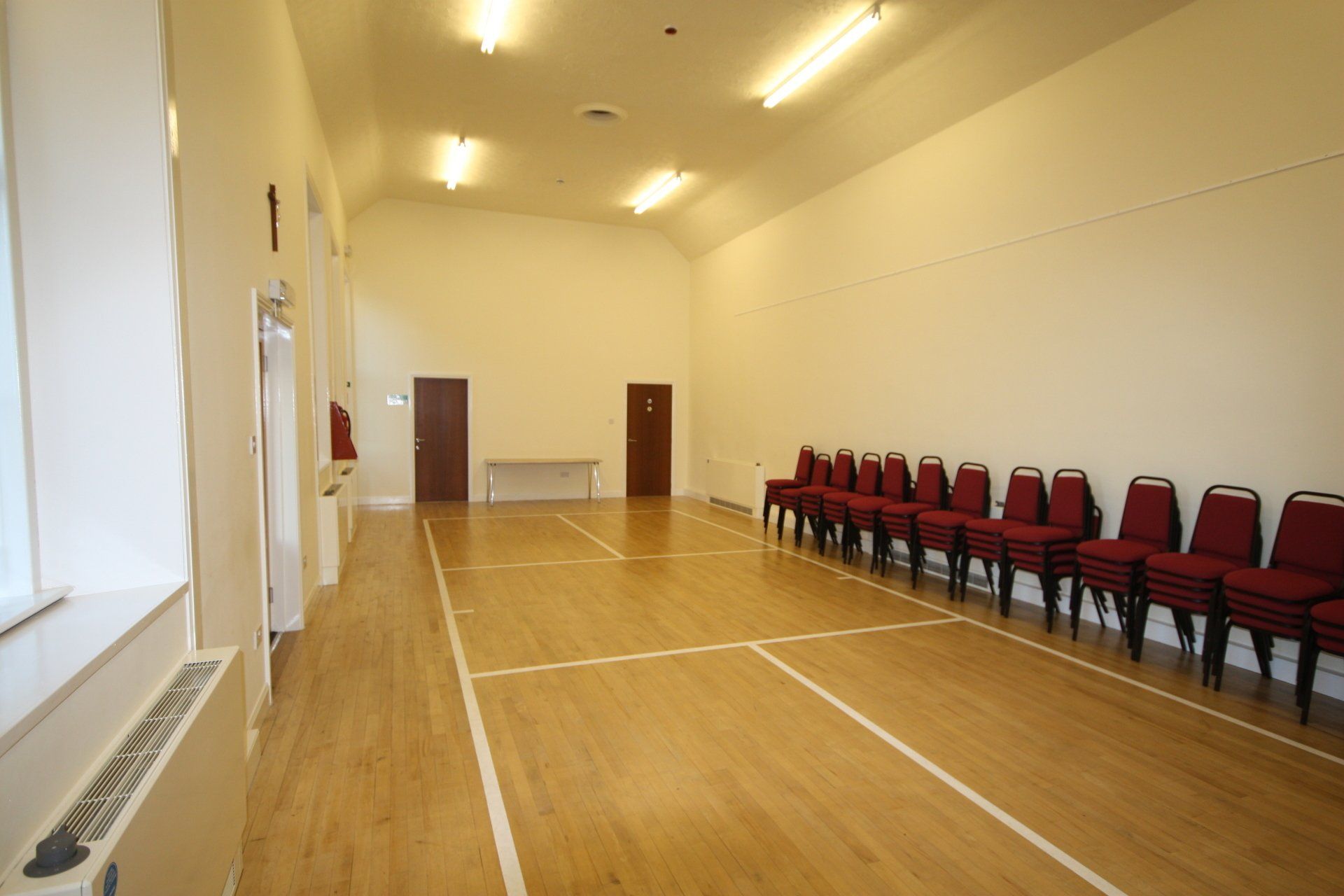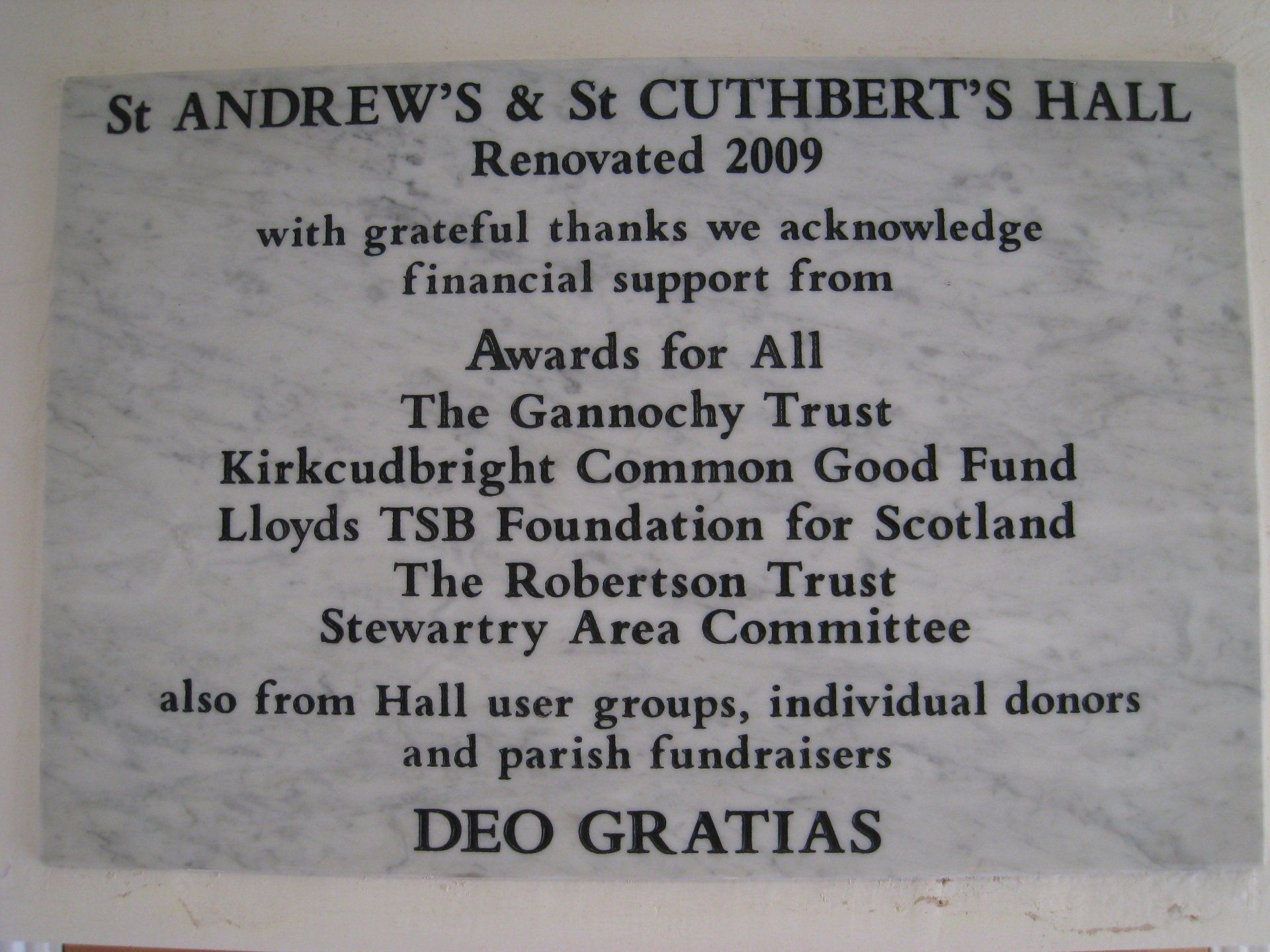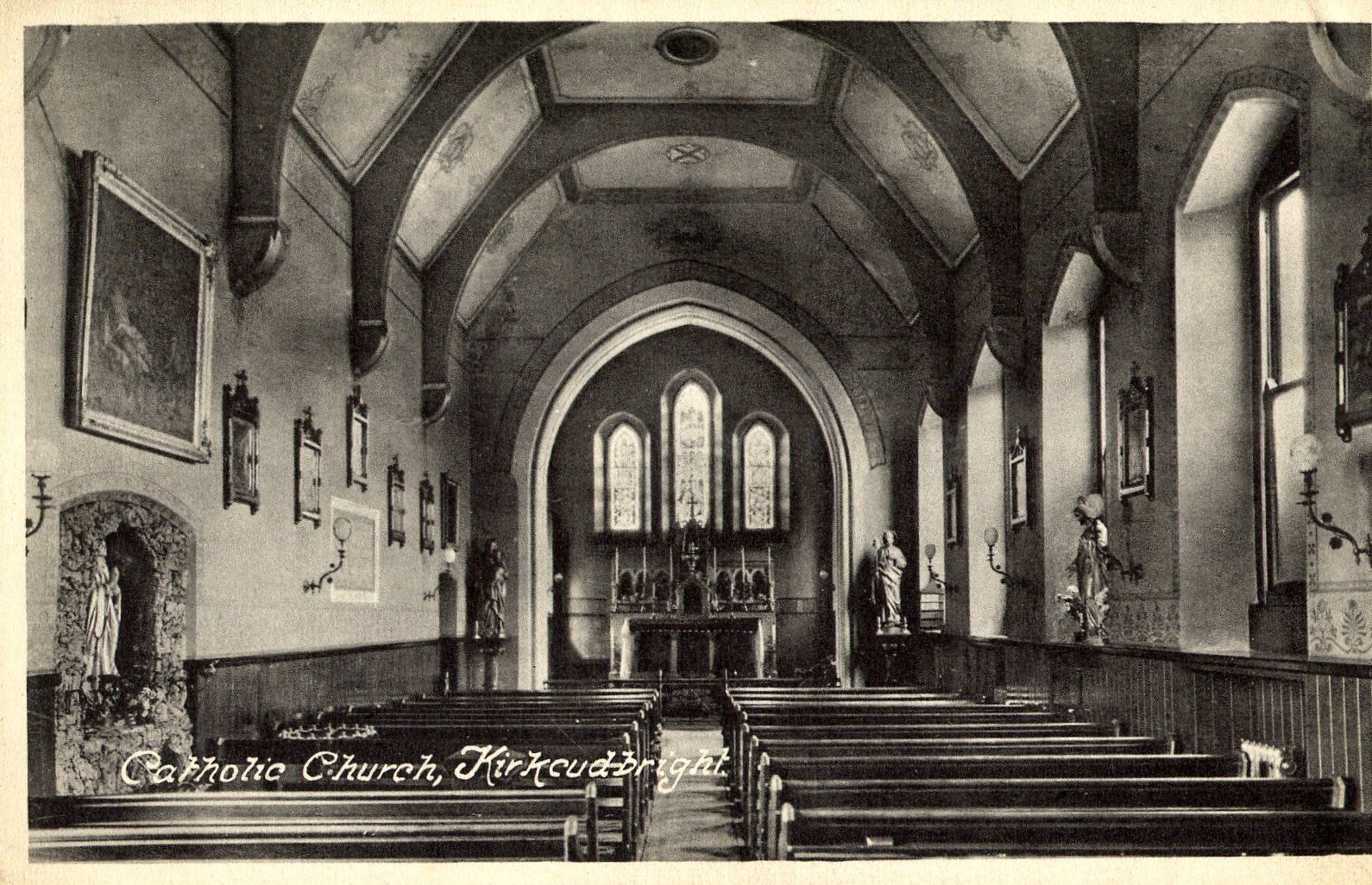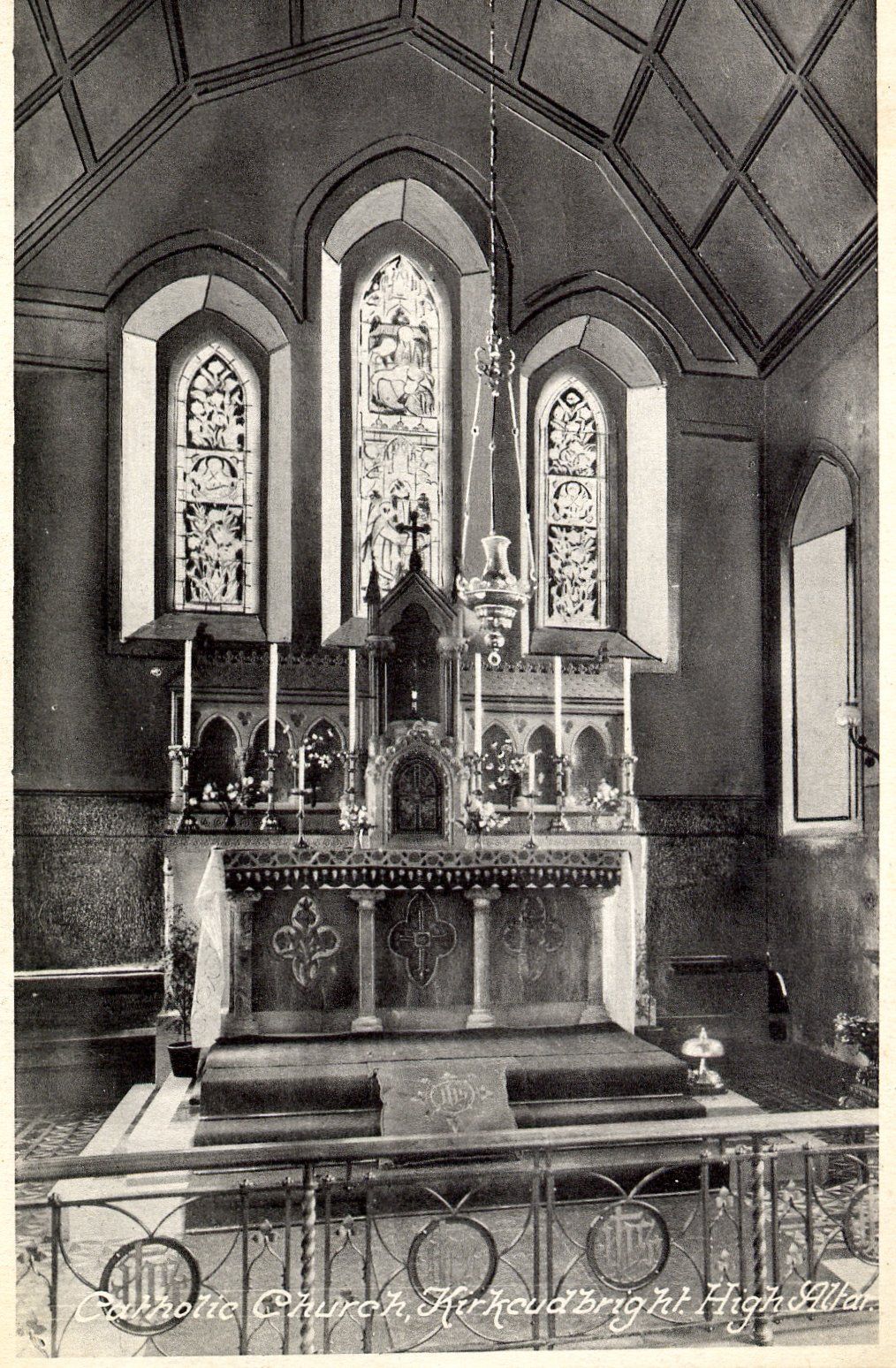New Paragraph
St Andrew's & St Cuthbert's , Kirkcudbright
With regard to the time before St. Andrew’s & St. Cuthbert’s was built, something is known about Catholic activity in Kirkcudbright. A Burgh Census of 1819 notes that there were 6 Catholic families in the High Street – at a time when High Street was the only street. By 1835 there was a room in the town hired once every two months for the Dalbeattie priest to offer Mass and administer the Sacraments. By 1843 there were 51 Catholic families in the town with 314 persons from Kirkcudbright and district attending Mass; and there was a separate congregation of about 150 at Gatehouse.
It was time to purchase a building for a permanent chapel and school. The property acquired was two adjacent terraced houses in St. Cuthbert Street [opposite what is now Tesco’s]. At that time the buildings had only one upper storey. This upper floor was converted to form a chapel which was completed by 1846. There was a resident priest from 1852 – 55 but before and after that Kirkcudbright was served from Dalbeattie then (from 1861) from Castle Douglas. Sunday Mass was at 9am or 10.30am alternately, Sunday School at 4pm and in the evening Lecture, Rosary and Benediction. When Mass was at 9am the priest came the night before to hear Confessions. From 1861 the Castle Douglas priest came only every second Sunday, alternating with Gatehouse.
Gradually the congregation outgrew this little chapel. With the opening in 1885 of a new prison in Dumfries, the town jail and governor’s house were put up for sale. They were purchased by Capt. R. D. Barre Cuninghame of Duchrae to provide a priest’s house, church, school and playground. The prison governor’s house was retained to accommodate a resident priest (who was appointed in 1888). A chapel/school [the present church building] was erected in the prison exercise yard, the site of the pre-Reformation church of St. Andrew. The architect was A. E. Purdie (1843-1920) of London, noted for his Gothic revival style. At the opening ceremony on 26th December 1886 Mass was sung by Father Daniel O’Brien (who served both Castle Douglas and Kirkcudbright from 1881 – 88). An Address was given by Bishop McLachlan of Galloway. That same evening 60 people received the Sacrament of Confirmation.
In 1889 a new school was built [the present church hall]. In 1890 a Confessional was installed and a new harmonium purchased for the church. In 1891 the church was re-furbished and reopened to be used solely as a church now that there was a separate school building. New altar rails were installed, and statues of the Madonna and Child and of St. Joseph placed on pedestals on either side of the Sanctuary. On the ceiling panels above the altar were pictures of the four Evangelists with in the centre a St. Andrew’s Cross recalling that on this site stood the pre-Reformation church of St. Andrew. In a recess in the south wall half way down the nave was a model of the Grotto of Lourdes. A new pipe organ was installed. The cost of the school and of all these acquisitions and improvements was borne by Capt. R. D. Barre Cuninghame now resident at Hensol.
The longest serving priest at St. Andrew’s & St. Cuthbert’s was Monsignor Joseph McHardy who came in 1905 and stayed till 1932. During World War I he was an Army Chaplain and was wounded at the Somme. No longer fit for active service he was awarded the Military Cross for distinguished service and on his return was given the Freedom of the Royal Burgh of Kirkcudbright. He is the priest standing at the door of the presbytery in this old photograph of the church.
In 1913 St. Andrew’s Hall in High Street was purchased, refurbished and gifted to the Church Trustees by Capt. R. D. Barre Cuninghame. A new floor was laid, a stage built and a rear extension added for carpet bowling. There were also facilities for badminton and billiards. The hall was used for social evenings, concerts and dances. Draughts, whist drives and amateur dramatics were also popular. The social life of the parish was centred in St. Andrew’s Hall until 1966 when it was sold to become Messrs Osborne’s Antique Centre.
On returning from the War to his parish duties, Mgr McHardy began to raise funds for a Memorial to Capt. Barre Cuninghame who had died in 1916. Capt. Barre Cuninghame did not want any public thanks for his many gifts to the church during his lifetime but agreed to a memorial tablet after his death to remind parishioners to pray for the repose of his soul. In 1920 the Memorial was unveiled on the south wall of the church where it remains. May he rest in peace.
Changes in the Liturgy following the Second Vatican Council (1962-5) led to the redevelopment of the church interior. The re-designed Sanctuary with a more open, spacious look was completed in 1971. The existing altar and altar rails were removed and a new altar set in a position to allow the celebrant to face the people. The tabernacle was built into the wall under the stained glass windows. A modern cross was suspended above the altar. The large statues were removed so that undivided attention might be focused on the Liturgy of the Word and of the Eucharist. A new Confessional was built near the chancel and a little Lady Chapel created where the old one had been. The whole church was then redecorated.
St. Cuthbert’s School remained next to the church until 1966 when it moved to a new building erected by the Local Education Authority in Longacres Road where it continued till a falling roll led ultimately to its closure in 2002. The old school building was converted for use as the church hall, replacing St. Andrew’s Hall. It has continued in parish use ever since and is also available for social and charitable groups in the wider community. In 2009 the interior was improved with a new heating system, kitchen and toilets, a more suitable entrance and complete redecoration. This has resulted in increased use of the facility.
The next stage in the history of St. Andrew’s & St. Cuthbert’s is already under way as we tackle the maintenance and upgrading of the house and church.
(September 2012)

